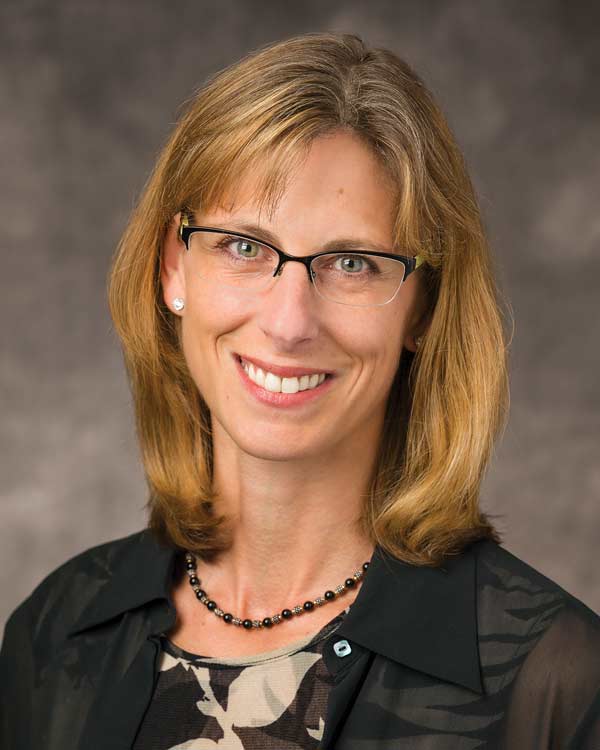 Dear Colleagues:
Dear Colleagues:
The pharmaceutical floodgates have recently burst, and many of us struggle to keep up with the safety and efficacy of new medications along with emerging safety risks of familiar medications. I’m not complaining—this is a great problem to have. For some of the most common chronic conditions, we’ve had limited treatment options that merely calm flares or have a side effect profile the length of a CVS receipt. So how does one stay current while balancing work and family demands?
There are a vast number of resources, a few of the most credible being journal articles and the United States (US) Food and Drug Administration (FDA) drug database. UpToDate is another great resource, provided you hand over half of your annual income every year. Larger health systems typically provide access to this database through the core library. Yet sifting through the vast amount of information these resources provide is both daunting and time consuming.
Dermatology podcasts are always a part of my work commute. Most provide the latest information, and I always learn something new with each episode. As an added benefit, I no longer suffer through the misery of daily news or my futile attempts to decipher popular music lyrics. Trust me…you’re better off not knowing the words.
At home, I love to read specialty-specific news magazines. They’re an easy read full of firsthand information. To some extent, they’re the dermatology equivalent of Vogue or GQ: Drugs of the Year—the Best, the Brightest, the Most Swaggerific; Sexy Summer-bod Ready Makeovers with Energy-based Treatments; Trendy Off-Label Therapeutics the FDA approved for Every Other Specialty but Ours, etc., etc.
Dermatology conferences provide a nice escape from the daily grind and are a great way to stay current. Most are jam packed with updates and interesting case studies that bring to life exhausted synapses. Many of the best conferences are held in destination cities. Bring the family and ease the guilt of being absentee spouses and parents—a win-win!
Do not take your pharmaceutical field reps for granted. They come well-equipped with compliments, and wow us with beautifully designed charts and jaw-dropping graphics while we stuff our faces full of caloric gifts. More importantly, they put us in touch with Medical Science Liaisons (MSLs) who are easily accessible and provide a wealth of knowledge.
Familiarizing yourself with new therapeutics is only half the battle. Now we must get them approved by the third-party payers and into the hands of our patients. The insurance companies and their Pharmacy Benefits Managers (PBMs) have gifted us the contemporary version of Dante’s Inferno by forcing us to endure all nine circles of hell to get most medications covered for our patients. Fortunately, there is a growing trend to incorporate specialty pharmacies into hospital systems. Advantages of doing so include increased revenue, faster initiation of medications, and improved consumer support and collaboration, and they shift the administrative burden of the prior authorization process from us to them.
I have a deep respect for pharmacists; they must balance their higher-than-average intelligence with the purposefully incomprehensible process of medication distribution. It’s difficult enough for those of us who have a deep knowledge of dermatology to explain concepts in layman’s terms to our patients. Now imagine it being a constant requirement for nearly every conversation. Shower pharmacists with love…they’ve earned it.
And my final word of advice—Do not underestimate the knowledge and power of those responsible for prior authorizations. Unfortunately, this absurd amount of administrative work is now a normal part of our day. You can cut costs and calm tempers by simply asking what is easiest to get approved. Ridiculously enough, it may be as simple as prescribing a capsule instead of a tablet.
Warm regards,
Susan Mayne
Guest Editor, NP+PA Perspectives in Dermatology

